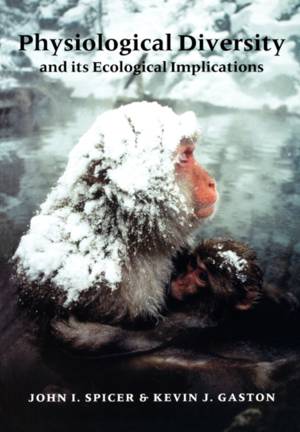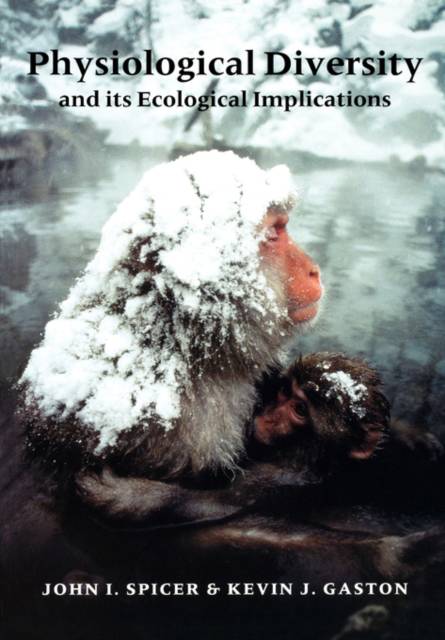
- Retrait gratuit dans votre magasin Club
- 7.000.000 titres dans notre catalogue
- Payer en toute sécurité
- Toujours un magasin près de chez vous
- Retrait gratuit dans votre magasin Club
- 7.000.000 titres dans notre catalogue
- Payer en toute sécurité
- Toujours un magasin près de chez vous
Description
In contrast to previous works which have attempted to integrate ecology and physiology, Physiological Diversity adopts a completely different and more controversial approach in tackling the physiology first before moving on to consider the implications for ecology. This is timely given the recent and considerable interest in the mechanisms underlying ecological patterns. Indeed, many of these mechanisms are physiological.
This textbook provides a contemporary summary of physiological diversity as it occurs at different hierarchical levels (individual, population, species etc.), and the implications of such diversity for ecology and, by implication, evolution. It reviews what is known of physiological diversity and in doing so exposes the reader to all the key works in the field. It also portrays many of these studies in a completely new light, thereby serving as an agenda for, and impetus to, the future study of physiological variation.
Physiological Diversity will be of relevance to senior undergraduates, postgraduates and professional researchers in the fields of ecology, ecological physiology, ecotoxicology, environmental biology and conservation. The book spans both terrestrial and marine systems.
Spécifications
Parties prenantes
- Auteur(s) :
- Editeur:
Contenu
- Nombre de pages :
- 252
- Langue:
- Anglais
Caractéristiques
- EAN:
- 9780632054527
- Date de parution :
- 03-02-00
- Format:
- Livre broché
- Format numérique:
- Trade paperback (VS)
- Dimensions :
- 170 mm x 244 mm
- Poids :
- 408 g







